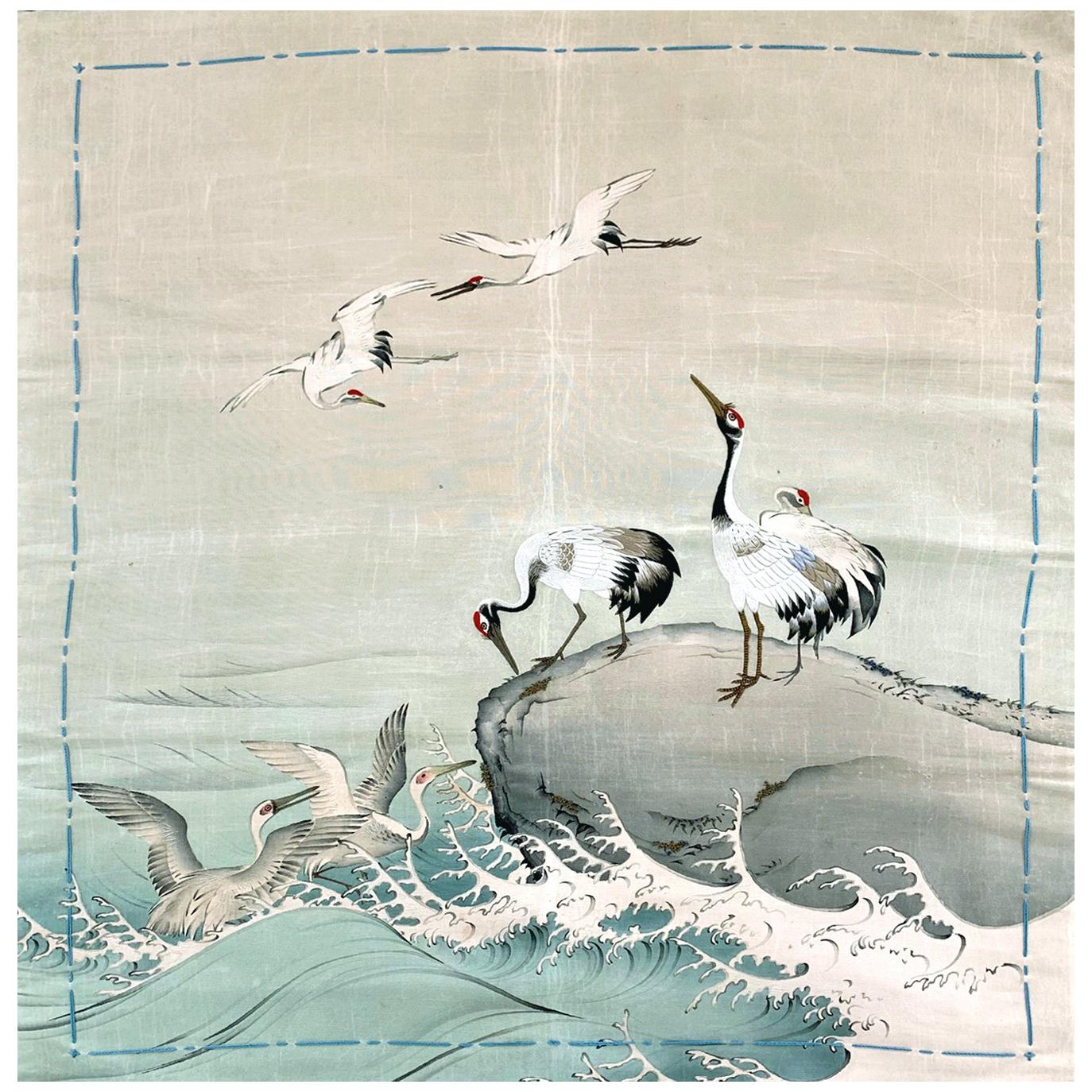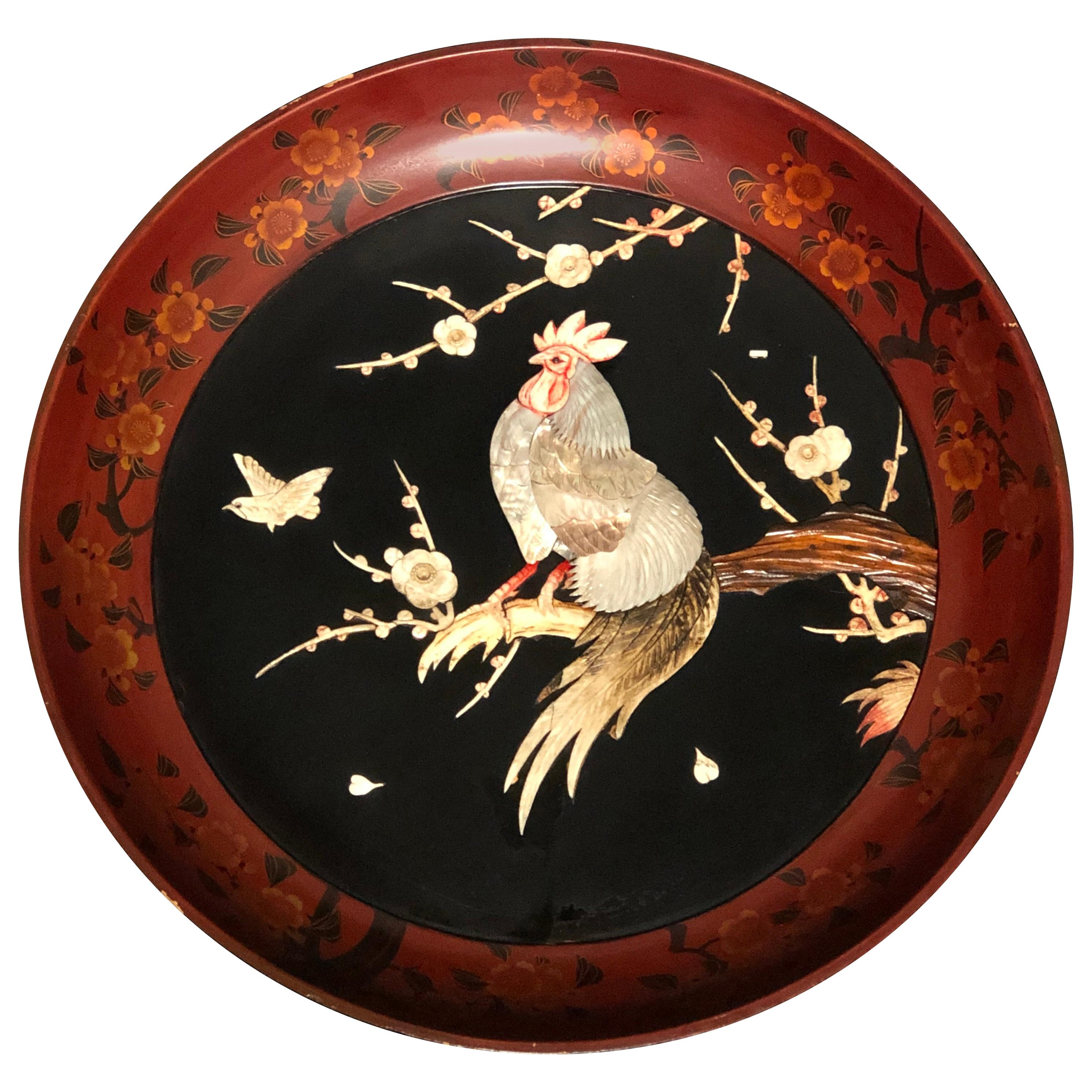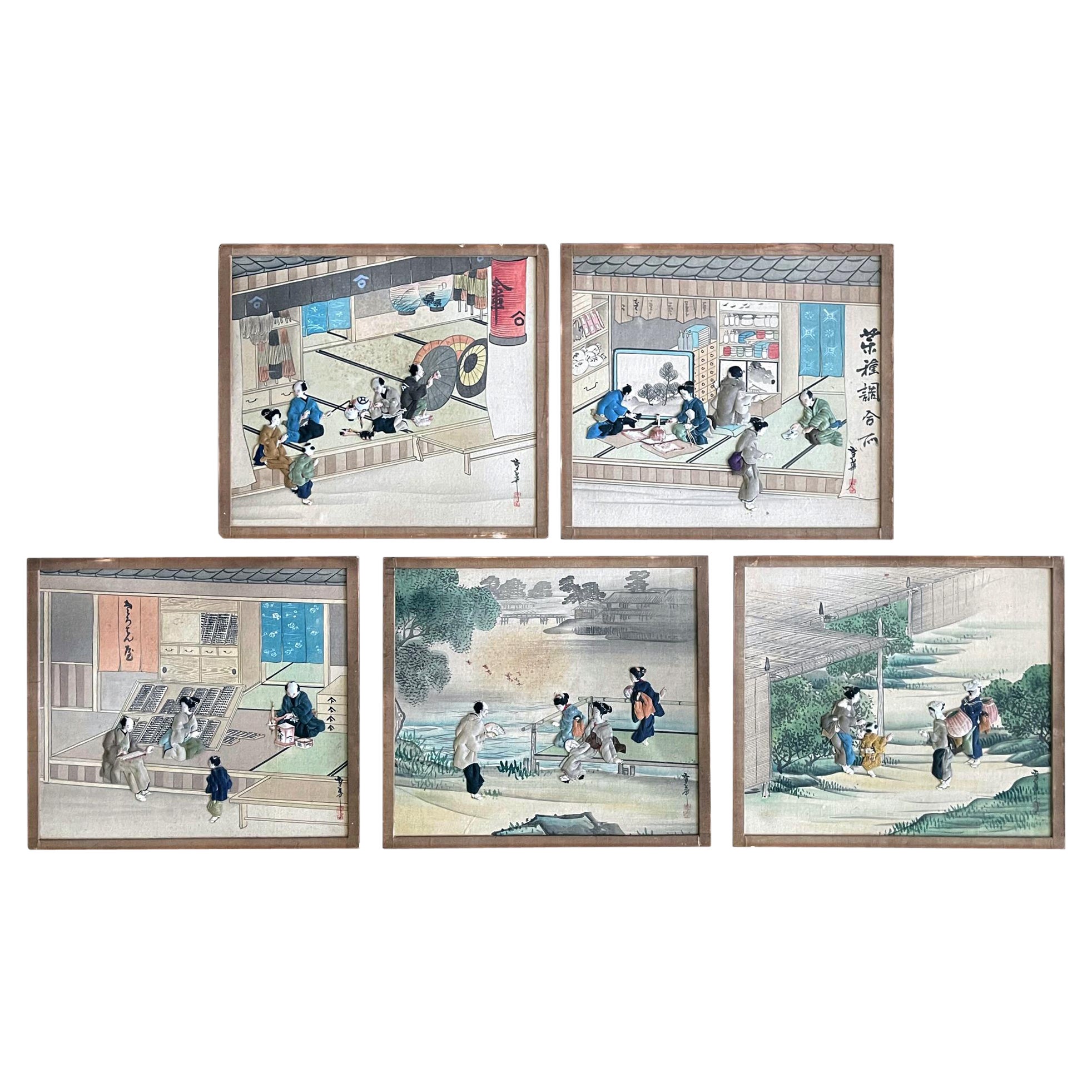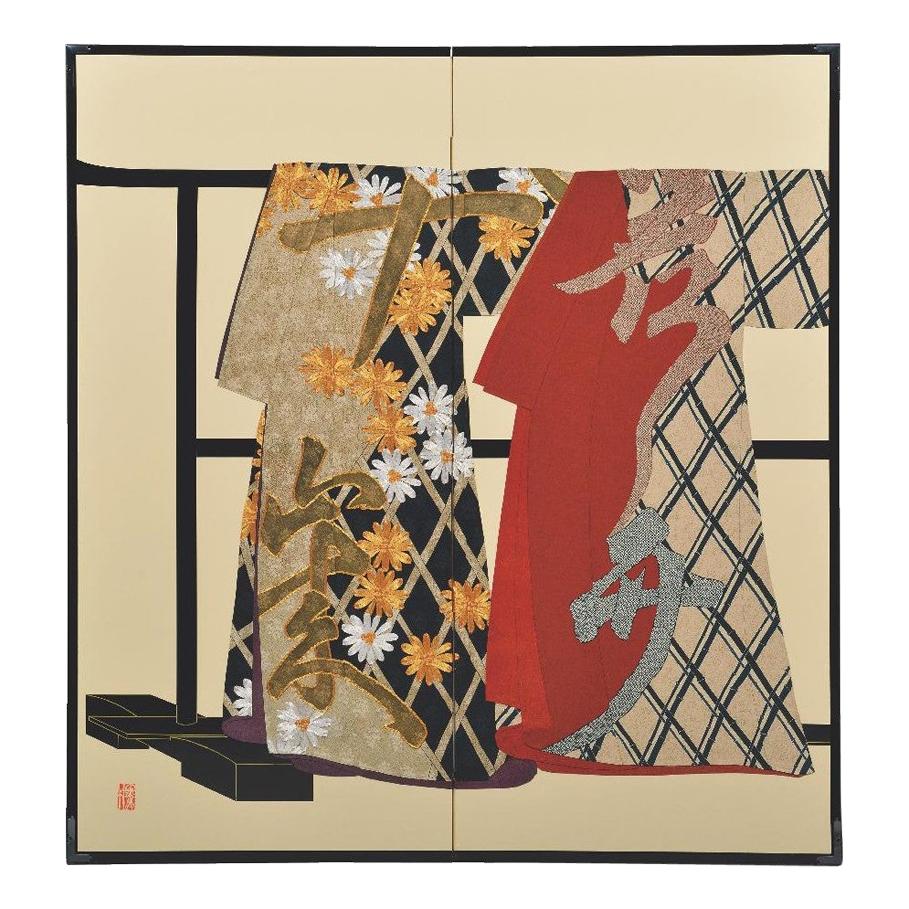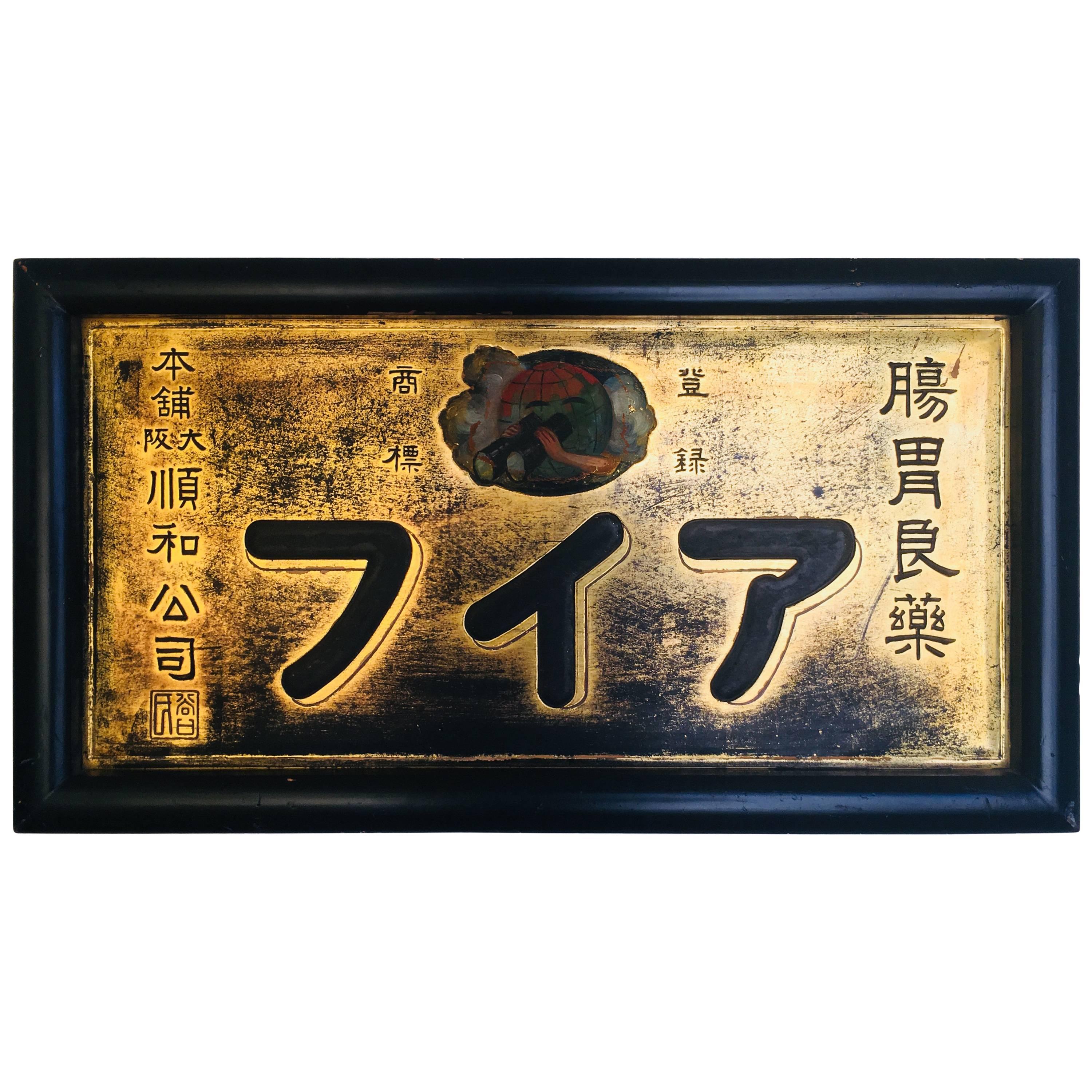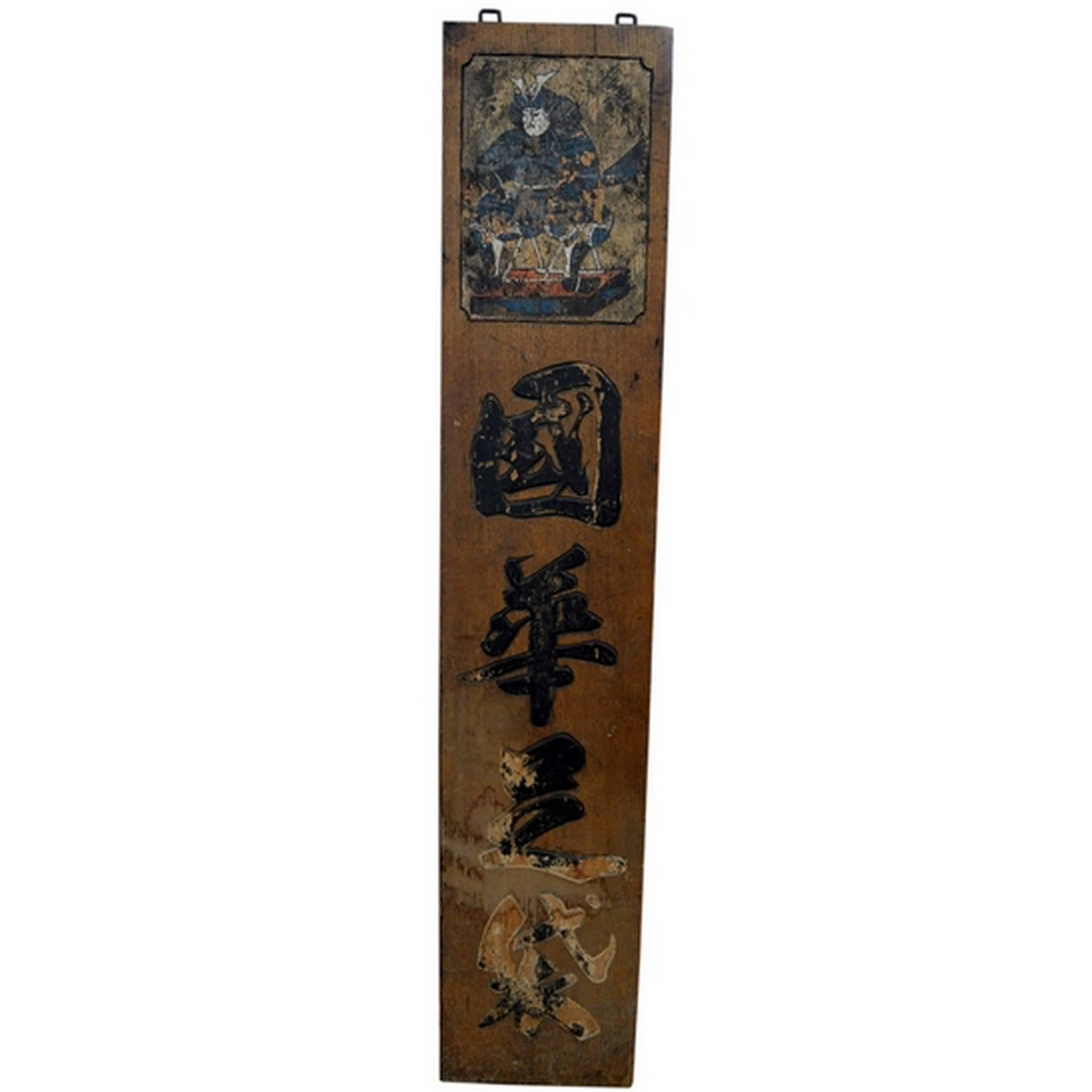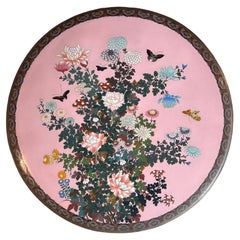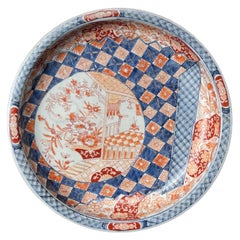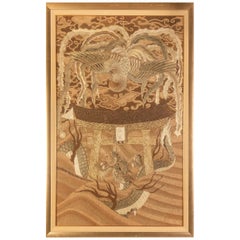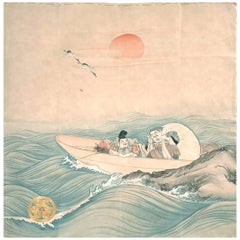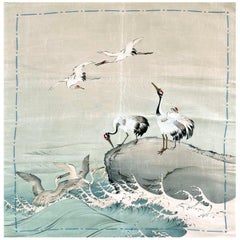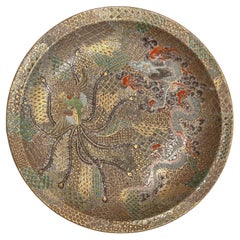
Japan, Kutani Dish with Dragon and Phoenix, Meiji Period
View Similar Items
Want more images or videos?
Request additional images or videos from the seller
1 of 7
Japan, Kutani Dish with Dragon and Phoenix, Meiji Period
About the Item
About the Seller
5.0
Vetted Seller
These experienced sellers undergo a comprehensive evaluation by our team of in-house experts.
1stDibs seller since 2022
Typical response time: 4 hours
More From This SellerView All
- Japan, Very Large Cloisonne Charger, Meiji Period 19th CenturyLocated in PARIS, FRJapan, very large cloisonne charger, 19th century. A very large charger, decorated in various coloured enamels with a crane amongst various ...Category
Antique Late 19th Century Japanese Decorative Art
MaterialsMetal, Enamel
- Japan, Large Cloisonné Enamel Charger, Meiji Period, 19th CenturyLocated in PARIS, FRExtra Large cloisonné enamel charger with a decor of butterflies among flowers on a light pink ground which is a very uncommon color. Japan, Meiji pe...Category
Antique Late 19th Century Japanese Metalwork
MaterialsMetal, Enamel
- Japan, a Late 18th Century Imari Charger, Edo PeriodLocated in PARIS, FRNice hand painted Porcelain charger in the Imari palette using underglaze cobalt bleu and iron red. Japan, Edo period, late 18th century.Category
Antique Late 18th Century Japanese Ceramics
MaterialsPorcelain
- Japan, A rare Japanese Kutani figure of Kannon on a Foo Lion, Meiji Period, 19thLocated in PARIS, FRRare Japanese Kutani Figure: Unveiling Tranquility and Spiritual Power from Meiji Period Japan Unveil a rare gem from Japan's historical Meiji ...Category
Antique Late 19th Century Japanese Meiji Sculptures and Carvings
MaterialsPorcelain
- A set of 3 Kenjo-Imari porcelain Dishes, Japan Edo Period, 18th century.Located in PARIS, FRA set of 3 Japanese porcelain Kenjo-Imari Dishes, Japan Edo Period, 18th century. 3 Imari octagonal porcelain dishes. Underglaze cobalt blue, enamels and gold. The decoration in the ...Category
Antique 18th Century Japanese Ceramics
MaterialsPorcelain
- Japan, Eagle and Snake, Bronze, Meiji PeriodLocated in PARIS, FRA spectacular large bronze with dark brown patina representing an eagle with outstretched wings and a snake. 52x40x40cm Japan, Meiji period.Category
Antique Late 19th Century Japanese Metalwork
MaterialsBronze
You May Also Like
- Framed Japanese Antique Phoenix Dragon Embroidery Tapestry Meiji PeriodLocated in Atlanta, GAA visually stunning Japanese embroidery tapestry circa 1890s-1900s late Meiji period, presented with a linen matt with gold trim in a gilt wood frame. The design showcases a flying p...Category
Antique 1890s Japanese Japonisme Textiles
MaterialsSilk, Giltwood
- Japanese Antique Fukusa Textile Art Meiji PeriodLocated in Atlanta, GAA Japanese silk Fukusa panel circa late 19th-early 20th century of Meiji Period. The front was beautifully decorated with Yuzen-zome, a labor intensive resist-dye technique invested ...Category
Early 20th Century Japanese Japonisme Textiles
MaterialsSilk, Beads
- Japanese Antique Fusuka Textile Art Meiji PeriodLocated in Atlanta, GAA Japanese silk Fukusa panel circa late 19th-early 20th century of Meiji Period. The front was beautifully decorated with Yuzen-zome, a labor intensive resist-dye technique invested by an artist monk Miyazaki Yuzensai (1654 -1736) of Edo period. The auspicious composition features a group of red-crown cranes, the symbol of longevity. Three of them perch on the rock by the ocean (East Sea) an two of them are in flight. Additionally, two egrets frolic in the wave. Yuzen dying was used extensively to showcase the amazing details such as the waves and the gradual coloring effect. Embroidery was used sparsely to highlight areas such as the legs of the crane to render it more dimensional details. The piece has a red silk backing and still retains four blue tassels on corners as well as decorative stitches along the edges. Fukusa is a traditional Japanese textile...Category
Early 20th Century Japanese Japonisme Textiles
MaterialsBrocade, Silk
- Japanese Antique Fukusa Textile Art Meiji PeriodLocated in Atlanta, GAA Japanese silk Fukusa panel circa late 19th-early 20th century of Meiji Period. The front was beautifully decorated with Yuzen-zome, a labor intensive resist-dye technique invested by an artist monk Miyazaki Yuzensai (1654 -1736) of Edo period. The front cover likely depicts a scene from the Tale of Genji, showing a nobleman and his servant pays a visit to a lady in a fenced thatch-roof house under a high peak. The details of blossom trees and pines, as well as the characters, and scenery with a gradual color are astounding. It is telling that the Yuzen dying was used such an mastery. The piece has a red silk backing and still retains two red tassels on the lower corners as well as decorative stitches along the edges. There is a patched design on the back likely a Mon symbol (family crest). Fukusa is a traditional Japanese textile...Category
Early 20th Century Japanese Japonisme Textiles
MaterialsSilk
- Japanese Meiji Period Shibayama Charger Featuring CockerelLocated in Norwood, NJ19th century Meiji period charger with cockerel beautifully realised in layers of carved shell, mother of pearl and bone to stand in high relief against the black lacquered ground. P...Category
Antique Late 19th Century Japanese Japonisme Decorative Art
MaterialsBone, Mother-of-Pearl, Lacquer, Shell
- Collection of Five Japanese Oshi-E Textile Art Panels Meiji PeriodLocated in Atlanta, GAOn offer is a set of five Japanese textile art panels called Oshi-E circa Meiji Period (1868-1912). This usual set of panels depict various aspects of daily life in Edo time with beautiful details. Some of these panels are snapshots of the buzzling commercial activities at the marketplace, providing insight into the signages, architecture, costumes and how people interacted within a historical and pictorial context. Other panels depict daily leisure activities such as lounging in the park or visiting friends. The realistic rendering and attention to details are not short of "photographic" quality. From the signage of the shops to the motions and attires of the individual characters, from the hairstyle, small ornaments, down to the facial expression, were all recorded in great details. Each panel was signed with the artist's name Yukihana in Kanji with a red seal. These panels are unframed and await your custom touch (framing with inner gilt spacer and mat costs about 250-500 depending on the material chosen, see a framed example in the last picture of a single framed panel we have for sale). We offer them for sale individually, but it will be great for a collector to consider the whole set so that they can stay together. The Oshi-E (also known as kiritori zaiku) is a type of ornamental textile art dated back to the Muromachi period (1392-1573). It started among the elite aristocratic women in Kyoto before spreading wider in the Japanese society. Throughout Edo and Meiji period, Oshi-E were sometimes used to make offerings to the altars in the temple and in the late 19th century, it was exported to the west along with the other embroidery textile art. Oshi-E was made by using silk wadding to create a relief design. Various silk fabric swaps and sometimes wires and tassels, often recycled from older kimonos...Category
Antique 1890s Japanese Japonisme Textiles
MaterialsSilk, Giltwood
Recently Viewed
View AllMore Ways To Browse
Mark And Period
Antique Symbols
The Emperor
Asian Dragon
Japanese Symbol
Phoenix Used Furniture
Antique Japanese Marks
Japanese Antique Marks
Japanese Dragon
Dragon Japan
Japanese Emperor
Emperor Japan
Porcelain With Dragons
Antique Japanese Dragon
Japanese Marks And Porcelain
Antique Marks And Symbols
Enamel Dragon
Japanese Dragon Art


